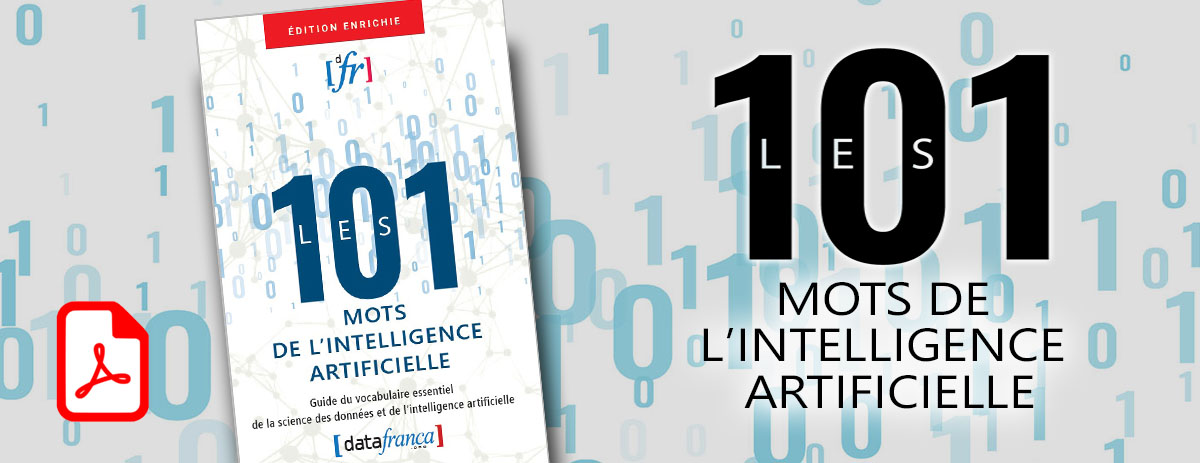« PixNerd » : différence entre les versions
(Page créée avec « ==en construction== == Définition == XXXXXXXXX == Français == ''' PixNerd''' == Anglais == '''PixNerd''' A novel approach to image generation that operates directly in pixel space rather than compressed latent representations. The method addresses limitations of current diffusion models that rely on variational autoencoders (VAEs), which can introduce artifacts and require complex two-stage training. By combining diffusion transformers with neural field re... ») |
Aucun résumé des modifications |
||
| Ligne 2 : | Ligne 2 : | ||
== Définition == | == Définition == | ||
Un '''[[réseau autoattentif]]''' '''[[Modèle à bruit statistique|à bruit statistique]]''' de pixels pour la '''[[Génération automatique d'image|génération d'images]]''' qui permet d'obtenir des images de haute qualité en une seule étape et à échelle unique, sans '''[[Mécanisme d'attention|mécanismes d'attention]]''' ni de pipelines complexes. | |||
Il utilise un '''[[réseau neuronal]]''' pour améliorer la modélisation, remplaçant la projection linéaire. PixNerd peut aussi être utilisé pour la '''[[génération texte-à-image]]'''. | |||
Voir aussi '''[[DINO]]''' | |||
== Français == | == Français == | ||
| Ligne 10 : | Ligne 14 : | ||
'''PixNerd''' | '''PixNerd''' | ||
''A pixel-space diffusion transformer for image generation that achieves high-quality image generation in a single-scale, single-stage process without VAEs or complex pipelines. It employs a neural field to improve the high frequency modeling and replaces the final linear projection with a neural field to model the large patch details. It also extends to text-to-image applications.'' | |||
== Sources == | |||
[https://arxiv.org/abs/2507.23268 Source : arxiv] | |||
[https://github.com/MCG-NJU/PixNerd Source : GitHub] | |||
[https://huggingface.co/papers/2507.23268 Source : huggingface] | [https://huggingface.co/papers/2507.23268 Source : huggingface] | ||
Dernière version du 9 octobre 2025 à 15:02
en construction
Définition
Un réseau autoattentif à bruit statistique de pixels pour la génération d'images qui permet d'obtenir des images de haute qualité en une seule étape et à échelle unique, sans mécanismes d'attention ni de pipelines complexes.
Il utilise un réseau neuronal pour améliorer la modélisation, remplaçant la projection linéaire. PixNerd peut aussi être utilisé pour la génération texte-à-image.
Voir aussi DINO
Français
PixNerd
Anglais
PixNerd
A pixel-space diffusion transformer for image generation that achieves high-quality image generation in a single-scale, single-stage process without VAEs or complex pipelines. It employs a neural field to improve the high frequency modeling and replaces the final linear projection with a neural field to model the large patch details. It also extends to text-to-image applications.
Sources
Contributeurs: Arianne Arel, wiki










